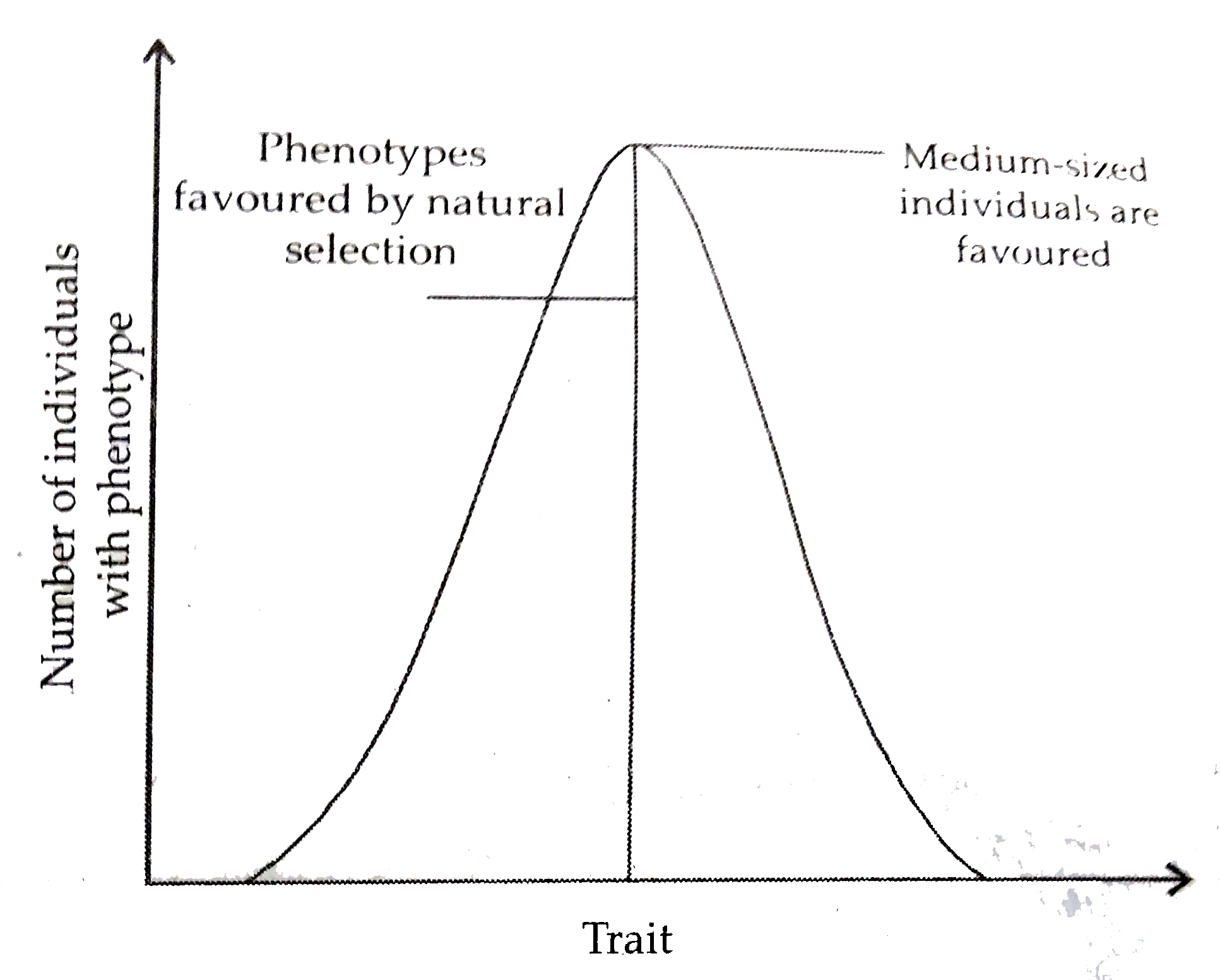Hardy-Weinberg principle explains
genetic equilibrium
non-random mating
evolution force
all of these
The correct Answer is:A
Step-by-Step Solution:
1. Understanding the Hardy-Weinberg Principle: The Hardy-Weinberg principle, also known as the Hardy-Weinberg law, describes the genetic equilibrium within a population. It states that allele and genotype frequencies in a population will remain constant from generation to generation in the absence of evolutionary influences.
2. Conditions for Genetic Equilibrium: For a population to be in Hardy-Weinberg equilibrium, several conditions must be met:
- Random Mating: Individuals in the population must mate randomly, without preference for specific genotypes.
- No Migration: There should be no movement of individuals into or out of the population, which could introduce new alleles or remove existing ones.
- No Mutation: There should be no new mutations that can alter allele frequencies.
- Large Population Size: The population must be sufficiently large to minimize the effects of genetic drift, which can cause random changes in allele frequencies.
3. Evolutionary Forces: The Hardy-Weinberg principle suggests that if any of the above conditions are violated, evolutionary forces such as natural selection, genetic drift, mutation, or gene flow will act on the population, leading to changes in allele frequencies and disrupting genetic equilibrium.
4. Conclusion: Given the question, the Hardy-Weinberg principle primarily explains genetic equilibrium. Therefore, the correct answer to the question is genetic equilibrium.
Final Answer: The Hardy-Weinberg principle explains genetic equilibrium.
---
- Random Mating: Individuals in the population must mate randomly, without preference for specific genotypes.
- No Migration: There should be no movement of individuals into or out of the population, which could introduce new alleles or remove existing ones.
- No Mutation: There should be no new mutations that can alter allele frequencies.
- Large Population Size: The population must be sufficiently large to minimize the effects of genetic drift, which can cause random changes in allele frequencies.
Topper's Solved these Questions
Similar Questions
(a ) Write the Hardy-Weinberg principle.
(b) Explain the three different ways in which natural selection can affect the frequency of a heritable trait in a population shown in the graph given below.
 View Solution
View Solution(a ) Write the Hardy-Weinberg principle.
(b) Explain the three different ways in which natural selection can affect the frequency of a heritable trait in a population shown in the graph given below.
 View Solution
View Solution
Knowledge Check
- Question 1 - Select One
The Hardy-Weinberg principle cannot operate if
APopulation is largeBFree interbreeding among all membersCFrequent mutations occur in populationDPopulation does not interact with other population
According to Hardy-Weinberg principle, allele and genotype frequencies in a population will remain constant from generation to generation in the absence of other evolutionary influences. It makes several assumptions which were given below.
i. Random Mating
ii. Sexual Reproduction
iii. Non-overlapping Generations
iv. Occurrence of Natural Selection
v. Small size of population.
Identify two assumptions which do not meet for a population to reach Hardy-Weinberg Equilibrium?View SolutionWhich one of these are necessary conditions for Hardy-Weinberg principle for applying to a genetic populations ?
View SolutionHardy-Weinberg principle is applicable to
View SolutionAccording to Hardy-Weinberg principle, difference in the values of measured and expected allelic frequenceis indicates all of the following. Except
View SolutionAccording to Hardy-Weinberg principle, difference in the values of measured and expected allelic frequenceis indicates all of the following. Except
View SolutionAccording to the Hardy-Weinberg principle, the allele frequency of a population remains costant. How do you interpret the change of frequency of alleles in a population ?
View Solution(a) State Hardy Weinberg principle. Name any two factors which affect it.
(b) Draw a graph to show that natural selection leads to directional change.View Solution

